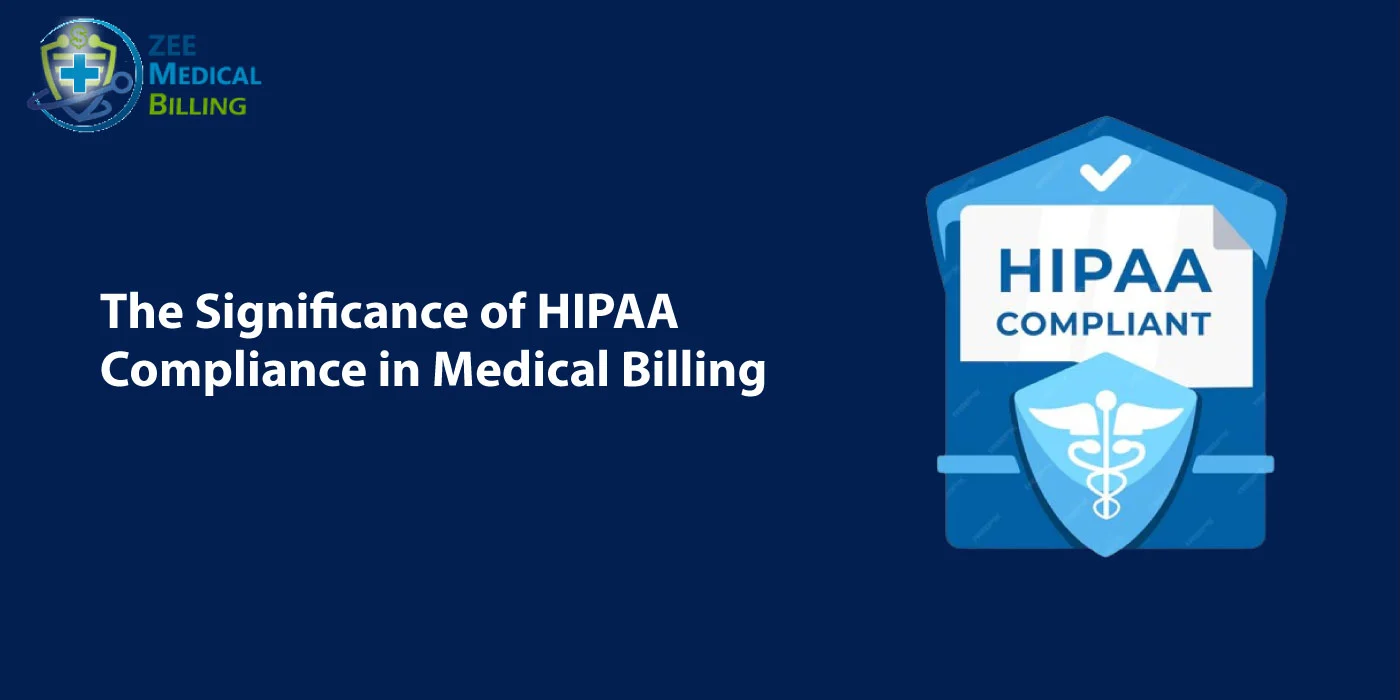Neck pain is a common ailment that can significantly impact one’s quality of life. To effectively address neck pain, it’s essential to understand the underlying causes and diagnostic methods. The International Classification of Diseases, 10th Edition (ICD-10), provides a systematic way to diagnose and classify neck pain. Furthermore, In this expert guide, we’ll dive deep into the process of cracking the code of ICD-10 diagnosis for neck pain and explore its various causes, providing valuable insights and expert knowledge.
Cracking the Code: ICD-10 Diagnosis for Neck Pain and Its Cause
Neck pain can arise from a myriad of sources, each requiring a precise diagnosis. ICD-10, which stands for the International Classification of Diseases, 10th Revision, is a globally recognized system used to categorize various health conditions. It comprises an extensive list of codes, each representing a specific diagnosis. In addition By utilizing ICD-10 codes, medical professionals can communicate effectively, ensuring accurate documentation and streamlined treatment approaches.
Understanding ICD-10 Codes
ICD-10 codes are alphanumeric designations that provide crucial information about a patient’s condition. These codes offer a standardized way to record diagnoses and medical procedures. For instance, when a patient presents with neck pain, the corresponding ICD-10 code not only represents the pain itself but also offers insights into its underlying cause, such as muscle strain, herniated disc, or cervical osteoarthritis.
Common ICD-10 Codes for Neck Pain
ICD-10 codes serve as a universal language for medical diagnoses, ensuring standardized communication among healthcare providers, insurers, and other stakeholders. Moreover, When it comes to neck pain, several common ICD-10 codes come into play, such as:
- S13.4: Whiplash-Associated Disorders (WAD)
- M54.2: Cervicalgia
- M54.6: Pain in the thoracic spine
- M50.1: Herniated Disc
- M47.8: Cervical Spondylosis
- M54.9: Dorsalgia, unspecified
These codes provide a specific framework for identifying different aspects of neck pain, allowing for accurate classification and treatment.
Common Causes of Neck Pain
Neck pain can stem from multiple sources, each requiring a tailored approach to diagnosis and treatment. Furthermore, Here are some common causes of neck pain:
- Muscle Strain: Improper posture, overuse of neck muscles, or sudden movements can lead to muscle strain, resulting in neck pain.
- Cervical Spondylosis: This age-related condition involves wear and tear of the spinal discs and joints in the neck, leading to pain and stiffness.
- Herniated Disc: When a spinal disc presses against a nerve, it can cause neck pain, along with numbness or tingling in the arms.
- Whiplash Injury: Sudden jerking of the neck, often from car accidents, can cause whiplash, resulting in acute neck pain and stiffness.
- Pinched Nerve: Compression of a nerve in the neck can cause radiating pain, weakness, and numbness in the affected area.
- Osteoarthritis: Degeneration of the cartilage in the neck joints can cause chronic pain and reduced mobility.
- Infections and Inflammation: Conditions like meningitis or inflammation of the lymph nodes can lead to neck pain.
Treatment Options
Furthermore, Treatment for neck pain varies depending on the cause and severity. It can include:
- Physical Therapy: Exercises and stretches to improve posture and strengthen neck muscles.
- Medications: Pain relievers, muscle relaxants, or anti-inflammatories to manage pain and reduce inflammation.
- Heat and Cold Therapy: Applying heat or cold packs to alleviate pain and reduce muscle tension.
- Injections: Corticosteroid injections to reduce inflammation and pain.
- Surgery: In severe cases, surgical intervention might be necessary, such as discectomy or fusion surgery.
How ICD 10 Codes are Used in Medical Billing for Neck Pain?
ICD-10 codes play a crucial role in the realm of medical billing for neck pain cases. When a patient seeks medical attention for neck pain, healthcare providers assign the relevant ICD-10 code based on the diagnosis. This code is then used in the billing process to communicate the nature of the condition to insurance companies and other relevant parties.
Insurance companies rely on these codes to determine coverage and reimbursement for medical services related to neck pain. Moreover, The accurate assignment of ICD-10 codes ensures that patients receive the appropriate care and resources they need for diagnosis and treatment.
Diagnosing Neck Pain Using ICD-10
The ICD-10 coding system also enables healthcare providers to accurately diagnose and document neck pain based on its underlying causes.
- Assigning the Correct Code: Healthcare professionals must meticulously select the appropriate ICD-10 code that corresponds to the patient’s specific neck pain cause.
- Ensuring Accuracy: Accurate coding ensures clear communication among medical teams and facilitates proper treatment planning.
- Tailoring Treatment: ICD-10 diagnosis allows for personalized treatment approaches, addressing the unique needs of each patient.
Importance of Accurate Coding for Neck Pain Diagnosis and Treatment
Accurate coding in neck pain diagnosis is more than just a billing requirement—it’s a fundamental aspect of effective healthcare. Furthermore, Proper coding enables healthcare providers to:
- Tailor Treatment Plans: Precise codes help clinicians understand the underlying causes of neck pain, leading to targeted treatment plans that address the root issues.
- Facilitate Communication: Accurate codes enable seamless communication among healthcare professionals, ensuring everyone involved is on the same page regarding the patient’s condition and needs
- Ensure Reimbursement: Without accurate coding, healthcare facilities may face reimbursement challenges, affecting their ability to provide quality care
- Contribute to Research: Aggregated data from coded cases contributes to medical research, enhancing our understanding of neck pain and its causes.
ICD-10 Coding Best Practices
Mastering ICD-10 coding for neck pain requires adherence to best practices that enhance accuracy and streamline patient care. Moreover, Some key practices include:
- Detailed Documentation: Thoroughly document the patient’s symptoms, medical history, and diagnostic tests to select the most fitting ICD-10 code.
- Regular Training: Keep healthcare staff updated with regular training on ICD-10 coding changes and guidelines.
- Code Specificity: Choose the most specific code that reflects the patient’s condition to prevent claim denials and ensure proper reimbursement.
- Clinical Terminology: Develop a shared clinical language to improve communication and coding consistency among healthcare team members.
Why choose Zee Medical Billing?
Unlock the potential of precise medical billing with Zee Medical Billing! We streamline the process, ensuring accuracy and efficiency in your healthcare practice. Trust Zee Medical Billing to crack the code, optimize your revenue cycle, and empower your focus on patient care. Let us handle the intricacies while you prioritize wellness. Join us in revolutionizing healthcare billing!
Frequently Asked Questions
ICD-10, short for International Classification of Diseases, 10th Revision, is a globally accepted coding system that helps medical professionals accurately diagnose and document various health conditions, including neck pain. By assigning specific codes, healthcare providers can communicate effectively and tailor treatment plans.
Yes, neck pain can sometimes indicate an underlying health issue, such as a herniated disc, spinal stenosis, or even a heart attack. It’s essential to consult a healthcare provider for a proper diagnosis if the pain is severe, persistent, or accompanied by other symptoms.
Maintaining good posture, staying physically active, and avoiding prolonged periods of sitting or staring at screens can help promote neck health. Incorporating regular stretches and ergonomic adjustments in your workspace can also contribute to preventing neck pain.
Imaging, such as X-rays or MRIs, may be necessary if the cause of neck pain is unclear or if conservative treatments have not provided relief. However, healthcare providers often rely on clinical evaluations and medical history to make accurate diagnoses.
consultation at ZEE Medical Billing is a collaborative journey towards enhancing your medical coding and billing processes. Our dedicated team is here to empower your practice with the knowledge, expertise, and solutions needed to achieve optimal results. With Zee Medical Billing by your side, the journey toward neck pain relief becomes a well-coordinated and efficient process, enhancing patient care and overall healthcare management.





